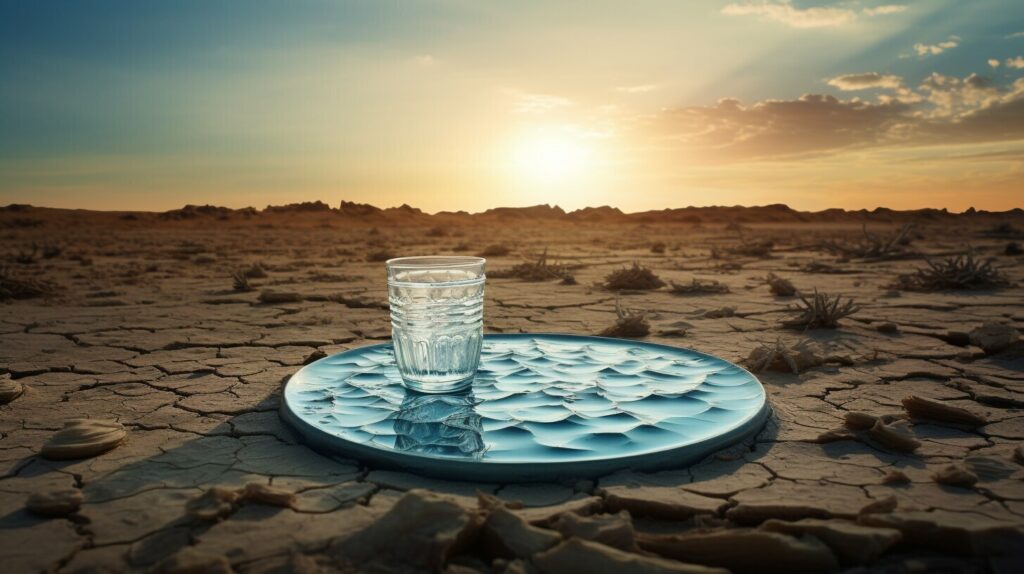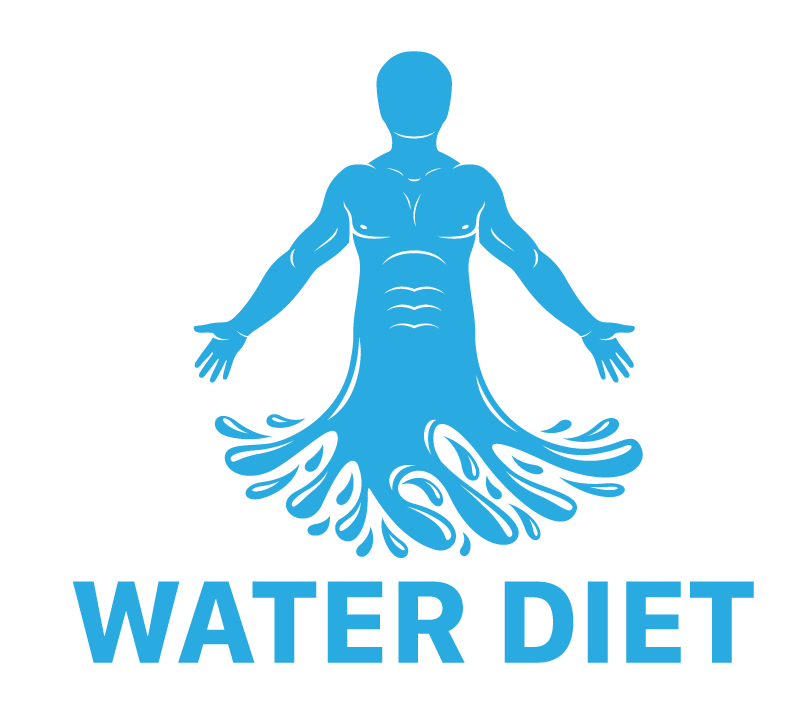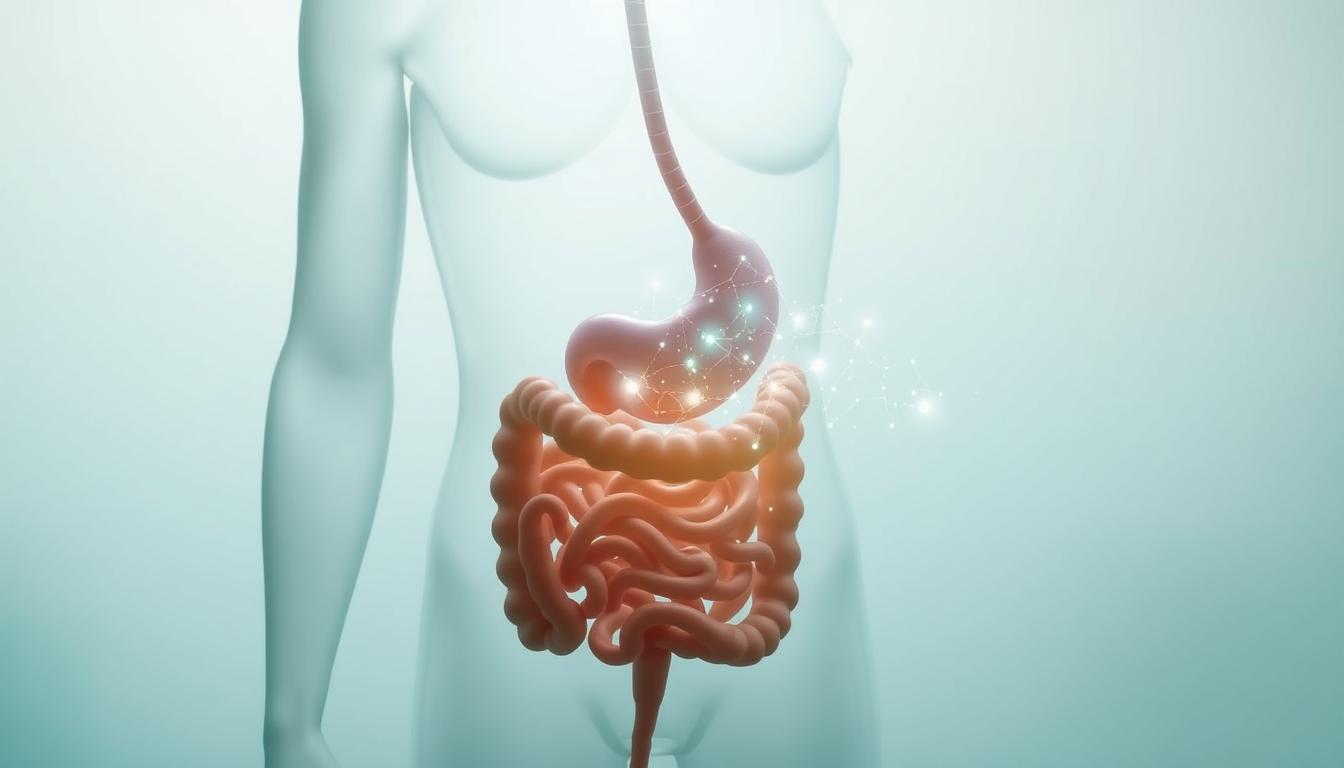Dry fasting versus water fasting: which method is better for your health? In this article, I will explore the benefits of dry fasting, the differences between dry fasting and water fasting, the advantages of water fasting, and whether dry fasting is safe. By the end, you will have a better understanding of these two fasting methods and be able to make an informed decision on which one suits your goals and lifestyle.
Key Takeaways:
- Dry fasting and water fasting are two methods of fasting that have distinct differences.
- Dry fasting involves abstaining from both food and water, while water fasting involves only drinking water and abstaining from food.
- Dry fasting has potential health benefits such as reducing inflammation and improving metabolic health.
- Water fasting is generally considered safer and easier to complete than dry fasting.
- Always consult with a healthcare professional before attempting any type of fasting, especially if you have underlying health conditions.
What is Dry Fasting?
Dry fasting is a type of fasting where individuals abstain from both food and water for a certain period. It requires the body to rely on its internal water reserves and metabolic reactions for energy. This ancient practice has been used for religious and spiritual purposes, but it has gained popularity in recent years due to its potential health benefits.
During dry fasting, the body undergoes a state of ketosis, where it starts using stored fat as its primary source of energy. This can lead to various health benefits, including reduced inflammation, improved metabolic health, and increased longevity. However, it’s important to approach dry fasting with caution and under the guidance of a healthcare professional.
Dry fasting durations vary, with some people opting for short 24-hour fasts, while others may choose longer periods. It’s important to stay hydrated before and after dry fasting to minimize the risk of dehydration. Consulting with a medical professional beforehand is crucial, especially for individuals with underlying health conditions.

| Differences between Dry Fasting and Water Fasting | |
|---|---|
| Dry Fasting | Water Fasting |
| Abstaining from both food and water | Drinking only water and abstaining from food |
| Potential intense detoxification benefits | Considered safer and easier to complete |
| Can be more challenging to undertake | Often used for short-term weight loss or as a therapeutic intervention |
“Dry fasting involves abstaining from both food and water, while water fasting involves drinking only water and abstaining from food.”
- Dry fasting has more intense detoxification benefits.
- Water fasting is considered safer and easier to complete.
- Dry fasting can be more challenging to undertake compared to water fasting.
- Water fasting is often used for short-term weight loss or therapeutic purposes.
Both dry fasting and water fasting can lead to side effects such as fatigue, headache, and lightheadedness, especially for beginners. It’s crucial to listen to your body, pay attention to any adverse symptoms, and consult with a healthcare professional to ensure you are engaging in dry fasting safely.
Risks of Dry Fasting
Dry fasting carries potential risks, including dehydration, kidney stones, and urinary tract infections if not approached correctly. Adequate hydration before and after dry fasting is essential to minimize these risks. Individuals with underlying health conditions should exercise caution and consult with a medical professional before attempting dry fasting.
Differences between Dry Fasting and Water Fasting
Dry fasting and water fasting are two distinct methods of fasting that have important differences in terms of what is consumed and the potential effects on the body.
One key difference is that during dry fasting, individuals abstain from both food and water, relying solely on their body’s internal resources for energy. On the other hand, water fasting involves abstaining from food while still allowing for the intake of water.
The choice between dry fasting and water fasting can depend on various factors, including personal goals, comfort levels, and health conditions. Dry fasting is believed to have more intense detoxification benefits compared to water fasting. However, it can also be more challenging to undertake and carries the risk of dehydration if not approached correctly.
| Dry Fasting | Water Fasting |
|---|---|
| Abstaining from both food and water | Abstaining from food, but still allowing water intake |
| Potentially more intense detoxification benefits | Considered safer and easier to complete |
| Requires careful hydration management | Requires regular hydration |
| May be more challenging to undertake | Generally well-tolerated |
When considering either type of fasting, it is crucial to consult with a healthcare professional, especially for individuals with underlying health conditions. This ensures that the chosen fasting approach is safe and appropriate for their individual circumstances.
Is Dry Fasting Safe?
Dry fasting can be a safe practice when approached with caution and under the guidance of a healthcare professional. It is essential to prioritize hydration both before and after dry fasting and consult with a medical professional beforehand, especially if you have any underlying health conditions. While dry fasting has potential health benefits, such as reducing inflammation and improving metabolic health, it also carries potential risks if not done correctly.
The key concern with dry fasting is the risk of dehydration. By abstaining from both food and water, the body relies on its internal water reserves to sustain vital functions. Without careful monitoring and adequate hydration, dehydration can occur, leading to serious health complications. It is essential to listen to your body and pay attention to any adverse symptoms during dry fasting.
Moreover, dry fasting may increase the risk of kidney stones and urinary tract infections. Without regular water intake, the concentration of minerals and toxins in the body can become elevated, potentially leading to the formation of kidney stones. Additionally, inadequate hydration can impair the body’s ability to flush out bacteria, increasing the risk of urinary tract infections.
To ensure your safety while engaging in dry fasting, it is crucial to adopt sensible practices and receive guidance from a healthcare professional. They can help assess whether dry fasting is appropriate for you based on your health history and provide personalized recommendations to minimize risks. Remember, everyone’s body is unique, and what works for one person may not work for another.

Expert Quote:
“Dry fasting can be a beneficial practice when done responsibly, but it is not suitable for everyone. It is important to assess individual health conditions, stay hydrated, and seek professional guidance to ensure safety.” – Dr. Jane Wilson, MD
Conclusion
In conclusion, the comparison between dry fasting and water fasting reveals that both methods have their own benefits and risks. Dry fasting, which involves abstaining from both food and water, is believed to have more intense detoxification benefits but can be more challenging to undertake. On the other hand, water fasting, which involves drinking only water and abstaining from food, is generally considered safer and easier to complete.
When deciding between dry fasting and water fasting, it is important to consider individual goals, health conditions, experience level, comfort level, and lifestyle fit. Consulting with a healthcare professional is crucial before attempting either type of fasting, especially for individuals with underlying health conditions.
Ultimately, the choice between dry fasting and water fasting should be made based on careful consideration of personal circumstances and preferences. Both methods can lead to side effects such as fatigue, headache, and lightheadedness, especially for beginners. It is important to listen to your body, pay attention to any adverse symptoms, and consult with a healthcare professional to ensure you are engaging in fasting safely.
FAQ
What is dry fasting?
Dry fasting is a type of fasting where individuals abstain from both food and water for a certain period. It requires the body to rely on its internal water reserves and metabolic reactions for energy.
How is dry fasting different from water fasting?
Dry fasting involves abstaining from both food and water, while water fasting involves drinking only water and abstaining from food.
Are there any health benefits to dry fasting?
Dry fasting has potential health benefits such as reducing inflammation, improving metabolic health, and increasing longevity.
Is dry fasting safe?
Dry fasting can be safe when done properly and under the guidance of a healthcare professional. It is important to stay hydrated before and after dry fasting and to consult with a medical professional beforehand, especially if one has underlying health conditions.
What are the risks of dry fasting?
The risks of dry fasting include dehydration, kidney stones, and urinary tract infections if not approached correctly.
Can dry fasting be done for long periods of time?
Dry fasting durations vary, with some people opting for 24-hour fasts while others choosing longer periods. It is important to listen to your body and consult with a healthcare professional to ensure you are engaging in dry fasting safely.
Should I consult with a healthcare professional before attempting dry fasting?
It is important to consult with a healthcare professional before attempting either type of fasting, especially for those with underlying health conditions.




